Moxie Guides
Battery Life
Choosing a battery for your IoT device requires careful consideration of device priorities and user experience.
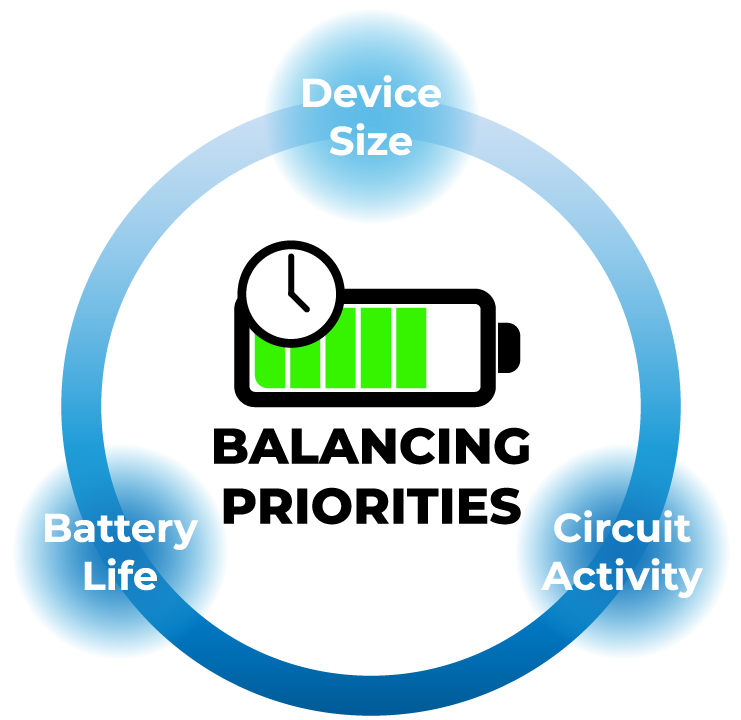
Balancing Priorities for Optimal UX
This simple graphic is meant to show the compromise of priorities you must make. Which of these three things is the most important for your product?
Circuit Activity
How much power will your device consume when it is active, and when it is asleep? At this point we don’t need to know exactly how much power your device will draw, we just need to define a rough idea of how the battery will be used. The answer may not be obvious; ask yourself these questions:
1. How often will my customer interact with this device?
2. How many of those interactions will require the device to be “active” (measuring or transmitting data)?
Battery Life
How long does the battery need to last to create a great user experience? Battery life requirements may vary drastically for different types of IoT products. This part of the process warrants some serious thinking and deliberation. Define in detail what a good user experience looks like – this will help you choose a disposable or rechargeable battery.
Most rechargeable batteries discharge, even unplugged, within a year. Defining this experience means making detailed notes about customer expectations for your device, analysis of similar products (buy one and test it yourself!), and even asking prospective customers questions.
Device Size
Decide how large your device (and subsequently, its battery) can be while providing a great user experience. This alone could narrow down your battery options and necessitate using a particular battery style. You probably already have a decent idea about what size you product should be.
Think about how big it can be and still get the job done with an excellent user experience. Thinking about device size in terms of “How big can it be and still work for my application?” as opposed to “It needs to be as small as possible” may open a world of opportunities like cost savings, more battery life, and the ability to provide more features for the end user.
Quick Guide to…
Circuit Activity
1. Very Low Power: Sensors (accelerometers, temperature sensors, heart rate monitors)
2. Moderate Power: Micro-controllers, LEDs, Bluetooth (check out Apex Pro for an example)
3. High Power: WiFi, Cellular, Motors (Visit Tocaro Blue for an example of WiFi and Cellular enabled devices with Bluetooth Mesh)
Battery Life
1. 1 Hour – 1 Week: Rechargeable Battery
2. 1 Week – 1 Year: Situation Dependent (Could be rechargeable or disposable)
3. 1 Year or More: Disposable
Device Size
1. Wearable or Hidden: Coin Cell
2. Pocketable: LiPo, AAA Battery
3. Handheld or Larger: Li-ion or AA Battery
Battery Options
If your device requires the use a battery, the most common battery types are Coin Cell, Alkaline, Lithium Polymer, and Lithium Ion. Your device type and priorities will help determine which battery (if any) to use.
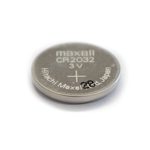
Coin Cell (CR2032)
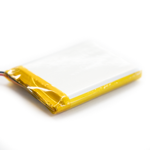
Lithium Polymer (LiPo)
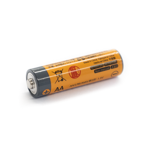
Alkaline (AA)
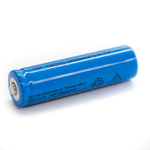
Lithium Ion (Li-ion)

The chart below provides a nice visual of what was described in detail above. The columns show battery life and the rows show power draw. It’s up to you and your team to determine your priorities. If a battery that lasts more than a year is a fundamental part of your idea, now you know that you will need to prepare to replace the battery instead of recharge it. Are you thinking about a new idea for a wearable device? If so, then a small rechargeable battery will likely be your best route.
| Hours/Days | Days/Weeks | Years | |
| Low Power |
Small Rechargeable |
Mid-Size Rechargeable |
Small Disposable |
| Moderate |
Small Rechargeable |
Large Rechargeable |
Large Disposable |
| High Power |
Mid-Size Rechargeable |
Large Disposable |
Needs wired power |
The Moxie Process
The Moxie team is experienced in this decision making process and is here to help you answer these questions. The Moxie sales staff will work diligently to help you define parameters like battery life requirements. Once we establish a solid understanding of your project and whether or not it is a good fit for us we will plan a Mapping Meeting where you meet with the Moxie Engineering Team to further define the scope of you project.
To get started, email our sales team at [email protected]. Ross Wesson and Andrew Rains work with clients to ensure a fit with the Moxie offerings, and help to clients navigate the IoT process. When you email Moxie you will get a prompt response from Ross or Andrew to help you move forward in your search for a partner to bring your idea to fruition.